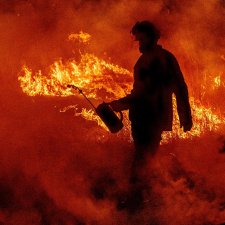
Facing the inferno
Tara James speaks to Cam Neville about his portrait series, Firefighters.
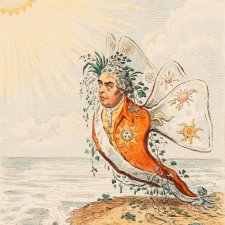
The Bath Butterfly
The caricaturist and engraver James Gillray's biting satires about Sir Joseph Banks.
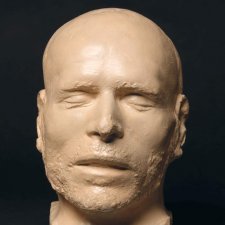
A colourful story from Sideshow Alley
Infamy, the macabre & the portraitFrom infamous bushranger to oyster shop display, curator Jo Gilmour explores the life of George Melville.
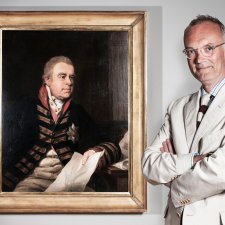
Banksia and grevillea
Portraits can render honour to remarkable men and women, but there are other ways.

Remembering Ursula
I first knew Dr. Hoff when in 1986, long after retiring from the National Gallery of Victoria, she taught a graduate seminar on Rembrandt.
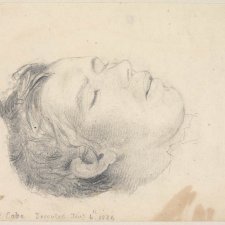
The consolations of religion
A bushranger meets his maker, 6 January 1826James McCabe provides proof that hanging wasn’t necessarily a fate reserved for the perpetrators of murder and other deeds of darkest hue.

Missing Persons
Thomas Woolner in AustraliaDesperately seeking Woolner medallions

Robert Oatley AO
1928–2016The National Portrait Gallery mourns the loss of one our most generous benefactors, Robert Oatley AO.

An Australian in Paris
This week it is impossible not to contemplate the ways in which France has touched many Australian lives.

Audacity, audacity, audacity
Angus delves into the biographies of two ambitious characters; Sir Stamford Raffles and Sir John Pope-Hennessy.
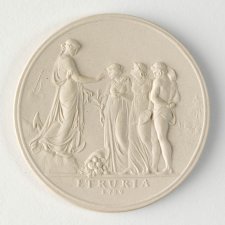
The medallion
In recent years I have become fascinated by the so-called Sydney Cove Medallion (1789), a work of art that bridges the 10,000-mile gap between the newly established penal settlement at Port Jackson and the beating heart of Enlightenment England.

200 Years of Portraiture
To celebrate his family bicentenary, Malcolm Robertson looks at the portraiture legacy left by his ancestors.

Waterloo and Mrs. Moore
Beyond the centenary of the ANZAC landings at Gallipoli, a number of other notable anniversaries converge this year. Waterloo deserves a little focussed consideration, for in the decades following 1815 numerous Waterloo and Peninsular War veterans came to Australia.

William Bligh
The life of William Bligh offers up a handful of the most remarkable episodes in the history of Britain’s eighteenth and early nineteenth-century maritime empire.
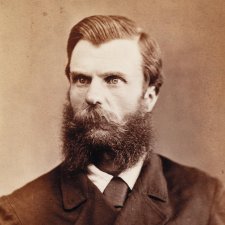
Diseased curiosity
Captain Moonlite et al on trial for murderJust after 10.00 o'clock on 3 December 1879, four prisoners were brought from their cells at Darlinghurst Gaol and placed in the dock of a courtroom heaving with agitated spectators

Very fine and very like
When did notions of very fine and very like become separate qualities of a portrait? And what happens to 'very like' in the age of photographic portraiture?




